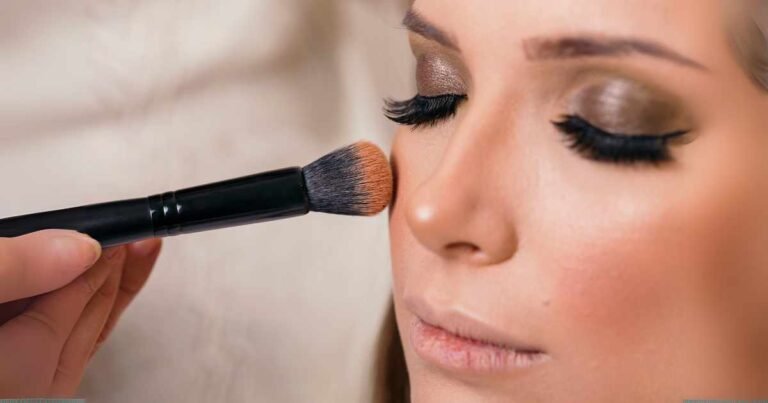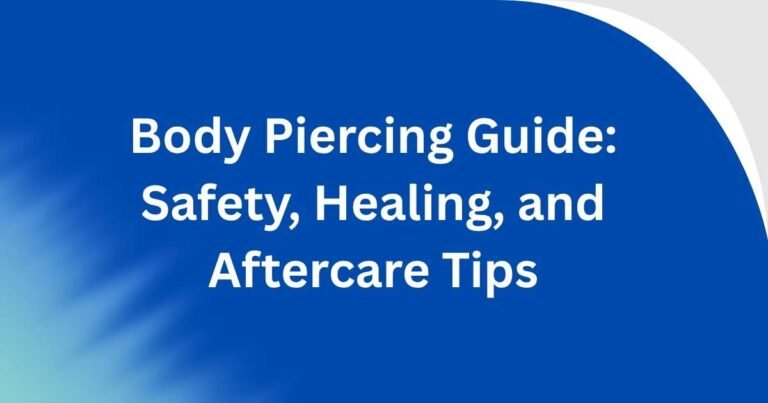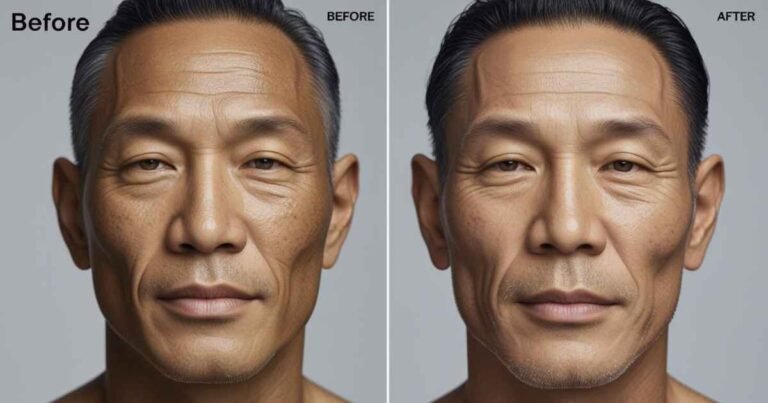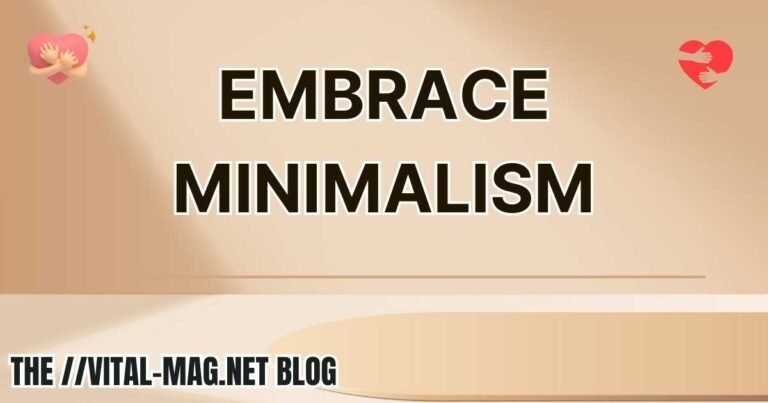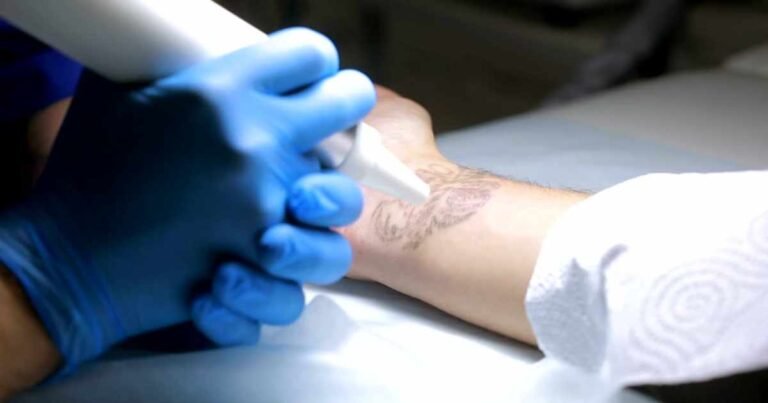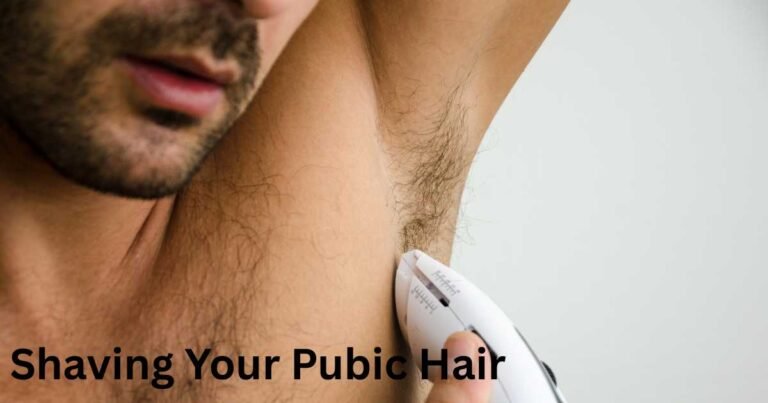How to Remove Henna from Skin: 10 Safe Methods

Introduction
Henna is a timeless form of natural body art, celebrated for its deep color and intricate patterns. Whether applied for weddings, cultural events, or casual fun, henna offers a temporary way to express beauty. But sometimes, the design fades unevenly—or you simply need it gone fast.
That’s where this guide comes in. We’re sharing 10 safe and effective methods on how to remove henna from skin using home remedies and dermatologist-recommended techniques. Each method is gentle, simple, and designed to restore your natural skin tone without irritation.
Whether you’re dealing with a last-minute job interview or a stain that’s overstayed its welcome, these techniques will help you clear it fast.
1. Warm Water and Soap
Best for: Fresh henna (within 24 hours)
This classic method works well if you act quickly. Soap and water help loosen surface pigment before it sets deeply.
Steps:
- Rinse the stained area under warm water
- Apply mild soap and lather
- Use circular motions with a washcloth
- Repeat 2–3 times daily
Pro Tip: Avoid hot water, which can darken fresh henna by opening pores.
2. Baking Soda and Lemon Juice Paste
Best for: Lightening dark henna stains
Baking soda gently exfoliates, while lemon juice’s acidity lifts color from skin.
Steps:
- Mix 1 tbsp baking soda with 1 tbsp fresh lemon juice
- Apply to the stained area
- Leave on for 10 minutes
- Rinse with lukewarm water
Caution: Test a small patch to avoid irritation if you have sensitive skin.
3. Toothpaste (Whitening Formulas)
Best for: Quick removal on smaller areas
Whitening toothpastes often contain gentle abrasives and bleaching agents that fade henna fast.
Steps:
- Apply a thin layer of toothpaste to dry skin
- Let it dry for 20–30 minutes
- Scrub with a damp towel
- Rinse thoroughly
Note: Use only once per day to avoid over-drying.
4. Micellar Water or Makeup Remover
Best for: Sensitive skin types
Micellar water lifts makeup and pigments without rubbing or irritation.
Steps:
- Soak a cotton pad in micellar water
- Dab gently over the stained area
- Repeat several times until stain fades
Bonus: This is ideal for facial henna designs and delicate skin.
5. Olive Oil and Salt Scrub
Best for: Dry or flaky skin
Salt exfoliates while olive oil moisturizes and breaks down henna molecules.
Steps:
- Mix 1 tbsp salt with 2 tbsp olive oil
- Gently massage into the stain for 5 minutes
- Wipe with a warm, damp cloth
Use: Twice a day for best results.
6. Hydrogen Peroxide (3% Solution)
Best for: Stubborn, long-lasting stains
Hydrogen peroxide can fade pigments but must be used carefully.
Steps:
- Dab a cotton pad with a small amount of peroxide
- Gently apply to the stain
- Rinse off after 2 minutes
Warning: Not for facial use or broken skin. Always do a patch test.
7. Epsom Salt Bath
Best for: Large henna designs on hands or feet
Epsom salts soften skin and encourage natural exfoliation.
Steps:
- Fill a bowl or tub with warm water
- Add 3–4 tbsp Epsom salt
- Soak affected area for 15–20 minutes
- Pat dry and moisturize
Tip: Combine with gentle scrubbing for faster results.
8. Coconut Oil and Sugar Scrub
Best for: Natural exfoliation with hydration
Sugar removes surface layers, while coconut oil soothes and protects the skin barrier.
Steps:
- Mix 1 tbsp sugar with 1 tbsp coconut oil
- Rub in circular motions
- Let sit for 5 minutes, then rinse
Frequency: Use daily for gradual fading.
9. Exfoliating Glove or Loofah
Best for: Daily maintenance or fading henna over time
Using an exfoliating mitt in the shower can speed up the natural fading process.
How to use:
- Wet glove or loofah
- Add body wash or exfoliant
- Rub gently over stained skin for 2–3 minutes
Note: Avoid aggressive scrubbing to prevent irritation.
10. Professional Dermatologist Options
Best for: Urgent removal or sensitive skin
If home remedies don’t work, professionals can help with:
- Chemical peels
- Microdermabrasion
- Laser therapy (rarely needed)
These treatments are ideal for fast and complete removal, especially when the henna is stubborn or uneven.
Henna Removal Comparison Table
| Method | Effectiveness | Skin Type | Speed | Cost |
|---|---|---|---|---|
| Soap & Water | Mild | All | Slow | Low |
| Baking Soda + Lemon | Moderate | Normal/Oily | Medium | Low |
| Toothpaste | Strong | Normal | Fast | Low |
| Micellar Water | Mild | Sensitive | Slow | Medium |
| Olive Oil + Salt | Moderate | Dry | Medium | Low |
| Hydrogen Peroxide | Strong | Normal | Fast | Low |
| Epsom Salt Bath | Moderate | All | Medium | Low |
| Coconut Oil + Sugar | Mild | Dry/Sensitive | Slow | Low |
| Exfoliating Glove | Moderate | All | Gradual | Low |
| Dermatologist Treatments | Very Strong | All (safe) | Fastest | High |
What Not to Do When Removing Henna
- ❌ Don’t use bleach or acetone – they can burn your skin
- ❌ Avoid scrubbing raw or irritated skin
- ❌ Never use acidic products on sensitive or broken areas
- ❌ Don’t overuse exfoliants—your skin needs time to heal
Always follow up with a gentle moisturizer like aloe vera or fragrance-free lotion to soothe the area after removal attempts.
Final Thoughts
Whether you’re dealing with a botched design or just want to speed up the fading process, these 10 safe methods to remove henna from skin offer reliable and skin-friendly solutions.
Some methods work best when the stain is fresh, while others are perfect for deeply set henna. Always consider your skin type, use patience, and avoid aggressive tactics that may cause harm.
Stick with natural, nourishing ingredients or talk to a dermatologist if you need faster results. In just a few days, you’ll see a noticeable difference.
Call to Action
Got a henna stain that won’t go away? Try one of these 10 proven methods today. Choose what’s safest for your skin, stay consistent, and don’t forget to moisturize. Your skin will thank you.
(FAQs) About Remove Henna From Skin
How long does henna take to fade naturally?
Henna usually lasts 7–14 days depending on body part, skin type, and exposure to water or soap.
Can I scrub henna off my skin?
Yes, gentle exfoliation helps, but never scrub aggressively. Pair with oils or mild cleansers.
Does toothpaste remove henna stains?
Yes, whitening toothpaste can lift pigment, especially on fingers and hands.
Is it safe to use lemon on skin daily?
Lemon can dry or irritate skin with overuse. Limit to once daily and always moisturize afterward.
What’s the fastest way to remove henna?
Baking soda with lemon juice or hydrogen peroxide (with care) offer the fastest at-home results.

